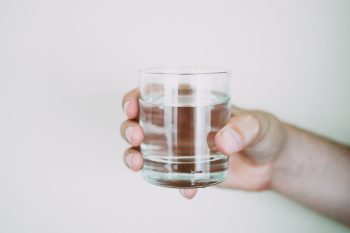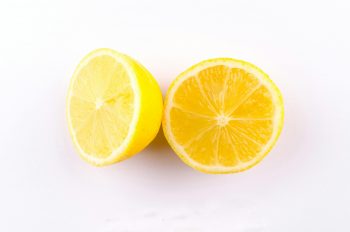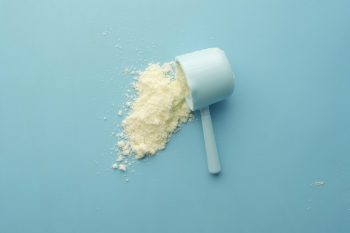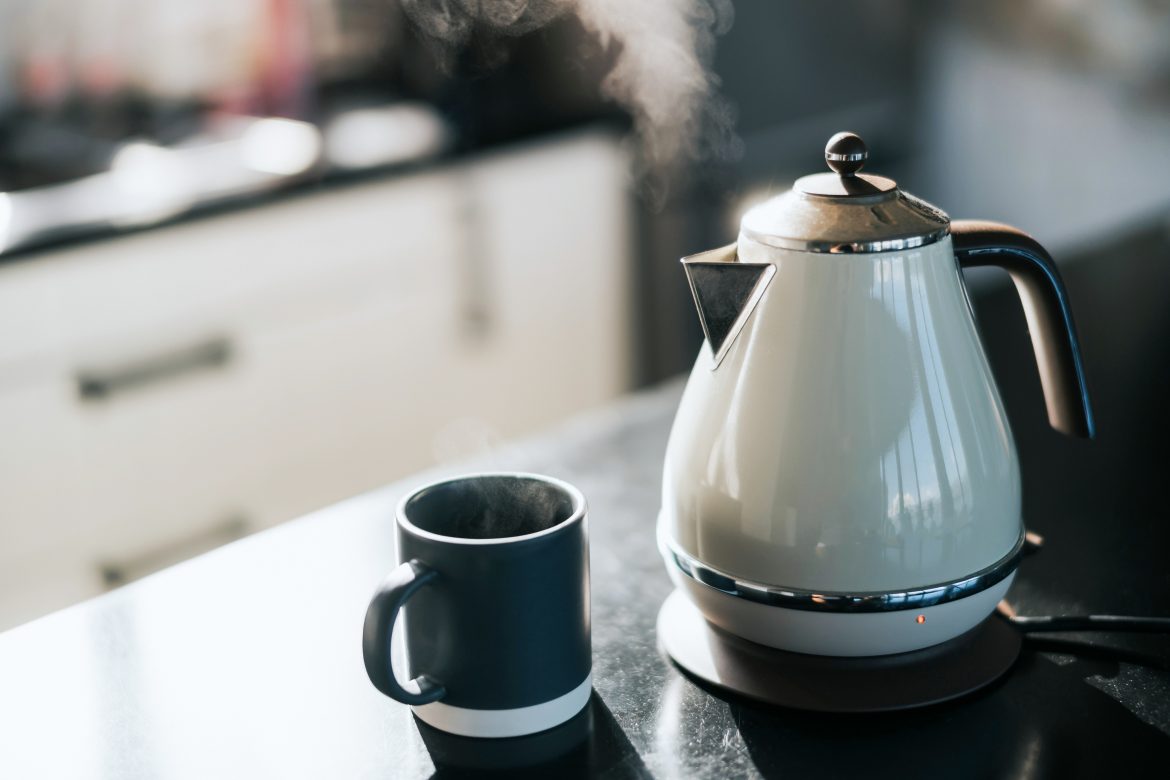Limescale buildup in your kettle isn’t just unsightly – it can slow down boiling times, reduce energy efficiency, and even affect the taste of your tea or coffee.
Descaling your kettle is quick, easy, and doesn’t require any expensive products. We’ll walk you through our top tried-and-tested methods to banish limescale from your kettle for good.
Why descaling your kettle is a must
Limescale is that chalky, white residue that cakes up at the bottom of your kettle over time. It is caused by ‘hard water’, which is high in minerals like calcium and magnesium.
Over time, these minerals build up inside your kettle, clogging the heating element and making it less efficient. Regular descaling not only improves your kettle’s performance but also extends its lifespan. Plus, it ensures your tea, coffee, or two-minute noodles taste exactly as they should – without any weird aftertastes.
ALSO SEE: How to grow an endless supply of spring onions in your kitchen
What you’ll need to descale a kettle
You don’t need to splash out on expensive products to descale and clean a kettle. Most of the items you’ll need are probably already in your kitchen cupboard. Here’s a quick checklist:
- White vinegar
- Lemon juice
- Bicarbonate of soda
- Water (filtered works best)
- A soft sponge or cloth
Method 1: Use vinegar
White vinegar is a go-to solution for tackling limescale. Here’s how to use it:
- Mix equal parts white vinegar and water.
- Fill your kettle halfway with the solution.
- Let it sit for 1-2 hours to break down the limescale.
- Boil the solution, then turn off the kettle and let it cool.
- Empty the kettle and rinse it thoroughly.
- Boil plain water once or twice to remove any lingering vinegar taste.

Pexels
Method 2: Use a lemon
If the smell of vinegar puts you off, lemon juice is a good alternative. It’s acidic enough to dissolve limescale and leaves your kettle smelling citrusy. Here’s how to do it:
- Cut a lemon in half and squeeze the juice into your kettle.
- Fill the kettle halfway with water.
- Pop the whole lemon in there, too.
- Boil the solution and let it sit for 30 minutes.
- Empty the kettle and scrub gently with a soft sponge.
- Rinse thoroughly and boil plain water to remove any residue.
Lemon juice is especially great for mild limescale and adds a refreshing scent to your kettle.

Pexels
Method 3: You guessed it – bicarb
For stubborn limescale that just won’t budge, bicarbonate of soda is your best friend. It’s slightly abrasive, making it perfect for scrubbing away tough deposits. Follow these steps:
- Mix 1 tablespoon of bicarbonate of soda with 500ml of water.
- Boil the solution in your kettle.
- Let it sit for 20-30 minutes.
- Use a soft sponge to gently scrub the inside of the kettle.
- Rinse thoroughly and boil plain water to ensure all residue is gone.
This method is ideal for kettles with heavy limescale buildup.

Pexels
How to rinse your kettle properly after descaling
No matter which method you use, rinsing your kettle thoroughly is crucial. Lingering vinegar, lemon juice, or bicarbonate of soda can affect the taste of your water. After descaling:
- Rinse the kettle 3-4 times with cold water.
- Fill it with fresh water and boil it once or twice.
- Empty the kettle and wipe it dry with a clean cloth.
Top tips to prevent limescale buildup
Descaling is important, but prevention is even better. Here are some easy ways to keep limescale at bay:
Use filtered water: This reduces the mineral content that causes limescale.
Empty your kettle after each use: Standing water encourages limescale buildup.
Descale regularly: Aim to descale your kettle every 4-6 weeks, depending on how often you use it.
Wipe the exterior: Use a damp cloth to clean the outside of your kettle and prevent mineral stains.
ALSO SEE:
Feature Image: Getty

